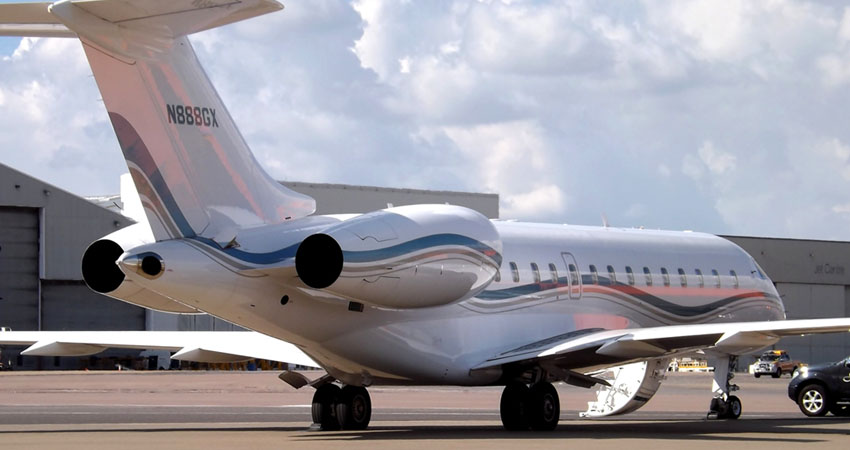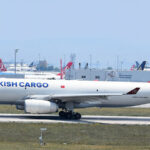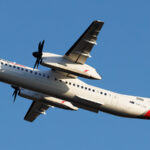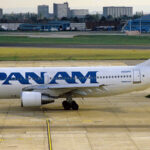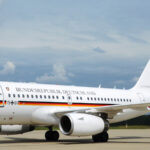Executive, business, and political leaders demand increasingly special features in air travel. Traditional comfort and safety are now complemented by speed, connectivity, and sustainability. These factors have given rise to projects for a new generation of aircraft that will become a reality in the next decade.
However, today’s private jets already fly very quickly. In fact, many of them approach Mach 1, which is the speed of sound. Even some conventional passenger planes can theoretically reach it; the Boeing 787, the world’s fastest active aircraft, can break the sound barrier, although it typically does not reach such speeds.
Reaching supersonic speeds poses many complications. The first is the natural effect known as the sonic boom, a powerful noise accompanied by a shockwave and a condensed water cloud that can be very annoying and even risky if the aircraft lacks proper protection. Additionally, the increase in external temperature could also lead to issues with the aircraft.
Furthermore, it is not very sustainable. Traveling at higher speeds would entail significantly greater fuel consumption, so passenger planes and private jets tend to stay below 1,000 km/h unless environmental conditions facilitate breaking that barrier.
Close to Mach 1: Today’s Fastest Private Jets
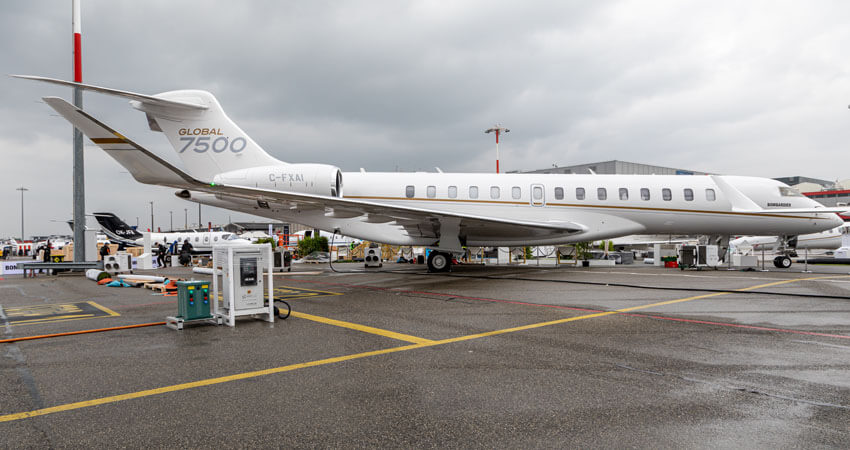
Many private passenger planes also approach these very high speeds while maintaining the quality of service, comfort, and versatility provided by their smaller size.
Notable examples include the Gulfstream G650, a modern and upgraded aircraft similar to the G700 model. The G700, which gained popularity in 2022 when entrepreneur Elon Musk acquired one, can reach speeds of up to 1,100 km/h and has an astonishing range of over 14,000 km, allowing non-stop flights from, for example, New York to Auckland or Bangkok.
Something similar can be said for the Dassault Falcon, both in its 7X and 8X versions, although they have a much shorter range of about 7,000 km. However, this allows for non-stop transatlantic flights from the United States to Europe, similar to one of the stars of the private jet world, the Embraer Legacy and its entire family.
The Bombardier Global 8000: Fast and Sustainable
Canadian company Bombardier is developing the fastest aircraft that will be in operation by 2025. In tests, it reached Mach 1.025, which is 1,243 km/h. However, it is expected to typically operate at speeds between 1,150 and 1,000 km/h.
Moreover, it is the first aircraft to achieve this using sustainable aviation fuel (SAF). This means that this aircraft can operate using the latest developments that significantly reduce the environmental impact of commercial aviation operations.
More Sustainable Projects for Private Jets
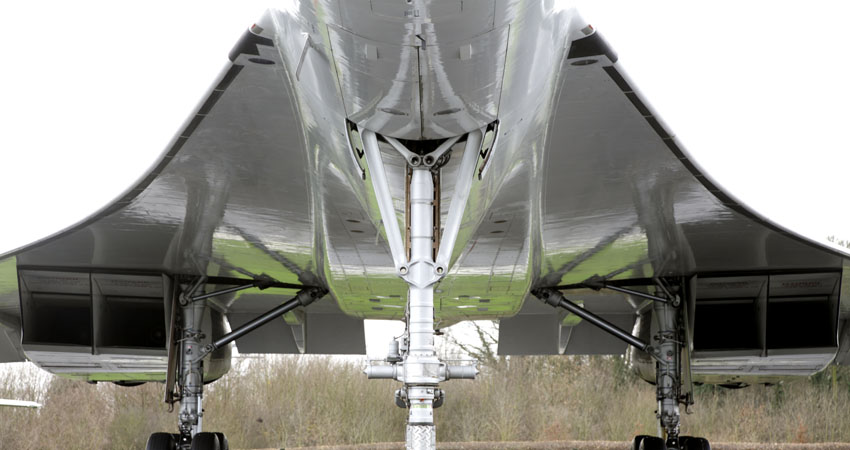
It is not the only case where a new development takes sustainability into account. The Spike S-512 SSBJ, which will fly at Mach 1.6, explains in its project that it will avoid the supersonic boom on the ground, the annoying and problematic noise that causes significant noise pollution.
But the most remarkable case in this context is the Aerion AS2 SSBJ. This aircraft, expected to begin production in 2025, not only aims to fly at Mach 1.4 but also plans to do so using only biofuels.
This would make this private jet surpass the legendary Embraer Legacy or Bombardier Global 8000 because it would achieve speeds of over 1,600 km/h with zero emissions of greenhouse gases. And not only that: after 15 years of research, the company aims to ensure that there is no environmental impact from carbon emissions during its construction.
The commitment to sustainability also extends to passenger aircraft developments. This is the case with Boom Supersonic, which hopes that its XB-1 will become the successor to the Concorde in supersonic flights but for larger groups than private jets.
The carbon fiber and titanium composites used in its construction promote sustainability, and advancements in its avionics and digitally optimized aerodynamics reduce environmental impact. They also mitigate the problems caused by the supersonic boom, the age-old challenge of flying beyond the speed of sound.
